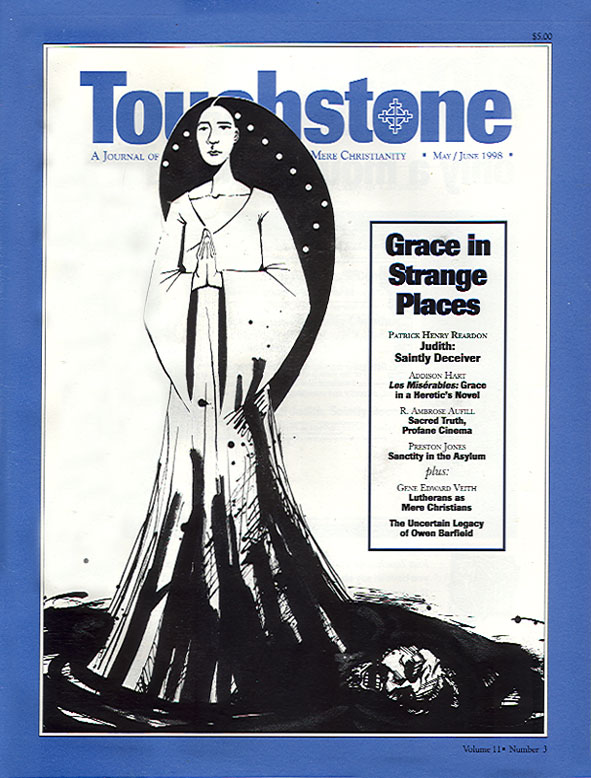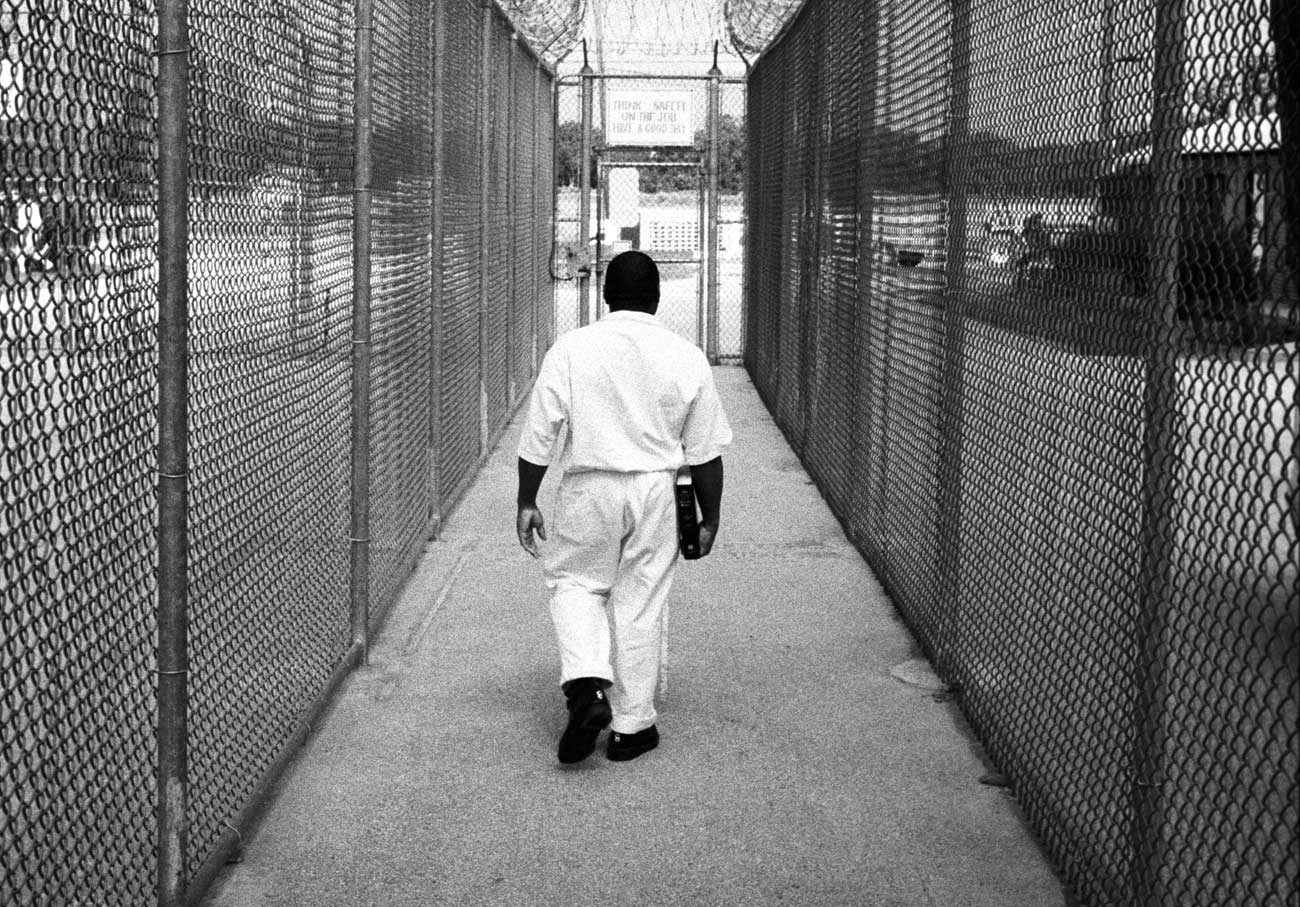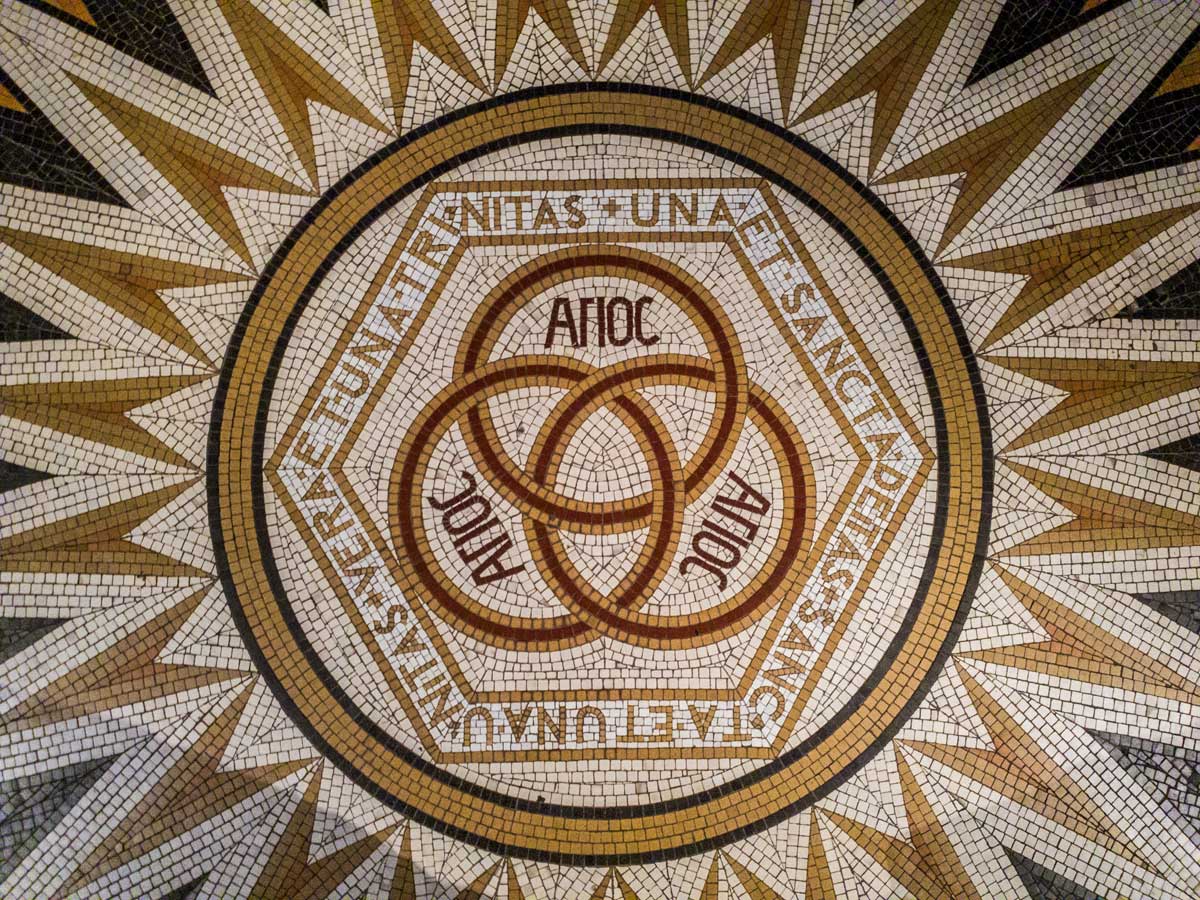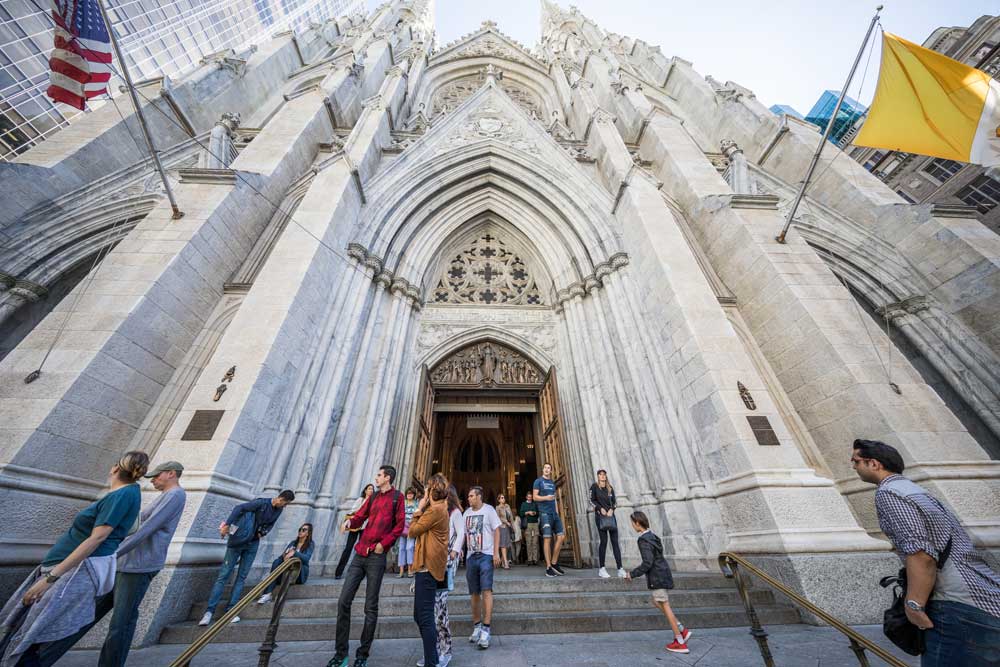Sacred Truth, Profane Cinema
Another Look at the Film Priest
by R. Ambrose Aufill
“The right perception of any matter and a misunderstanding of the same matter do not wholly exclude each other.”
—the Priest in Franz Kafka’s The Trial
When it was released in 1995, the movie Priest deeply offended many Catholics because of its sexual content and because of its thoroughly unflattering portrayal of the Catholic priesthood. Of the five clerical characters in the film, three are immoral or pathological in some way, and the other two are simply mean and heartless. Given such objectionable elements, it is not surprising that many of the Catholic faithful were deeply offended and saw the film as yet another attack on the Church and on Catholic tradition and morality.
The detractors of the film have raised the issue of the relation between public morality and artistic freedom, especially as regards the portrayal of religion and sacred figures. Vatican Council II also addressed this matter in the Decree on the Means of Social Communication, which says:
[This] question bears on the relation between the rights of art—to use a current expression—and the moral law. The controversies to which this problem increasingly gives rise frequently trace their origin to an erroneous understanding of ethics or of esthetics. The Council proclaims that all must accept the absolute primacy of the objective moral order. It alone is superior to and is capable of harmonizing all forms of human activity, not excepting art, no matter how noble in themselves. Only the moral order touches man in the totality of his being as God’s rational creature, called to a supernatural destiny. If the moral order is fully and faithfully observed, it leads man to full perfection and happiness.
Hence there can be no principled objection to censorship or to professional codes of ethics for moviemakers. Still less should anyone object to nongovernmental measures, such as boycotts directed at those who produce offensive and immoral films.
A Second Look
When I first heard about Priest, I, too, was appalled and refused to see it because it sounded practically pornographic. I now think, however, that Priest is more significant and more profound than either its detractors or its liberal defenders realize. Because a friend of mine saw some merit in it, I finally agreed to watch the film.
There are scenes in Priest that are unnecessarily sexually explicit and that are therefore morally offensive. I don’t defend them. The moral flaws evident in Priest are also aesthetic flaws that detract from the real value and significance of the film.
If the makers of Priest had been willing to accept the primacy of moral law in their treatment of these controversial issues, they would have produced a better film, even by secular and cinematographic standards. It appears that Miramax was willing to sacrifice quality for the sake of notoriety: it’s fashionable and profitable to offend Catholics. For this, Miramax deserves sharp criticism from all thoughtful people, whether Catholic or not. Priest is a perfect example of how the absence of moral standards and of appropriate reticence actually corrupts the filmmaker’s art.
bulk subscriptions
Order Touchstone subscriptions in bulk and save $10 per sub! Each subscription includes 6 issues of Touchstone plus full online access to touchstonemag.com—including archives, videos, and pdf downloads of recent issues for only $29.95 each! Great for churches or study groups.
Transactions will be processed on a secure server.
more on ministry from the online archives
more from the online archives
calling all readers
Please Donate
"There are magazines worth reading but few worth saving . . . Touchstone is just such a magazine."
—Alice von Hildebrand
"Here we do not concede one square millimeter of territory to falsehood, folly, contemporary sentimentality, or fashion. We speak the truth, and let God be our judge. . . . Touchstone is the one committedly Christian conservative journal."
—Anthony Esolen, Touchstone senior editor













